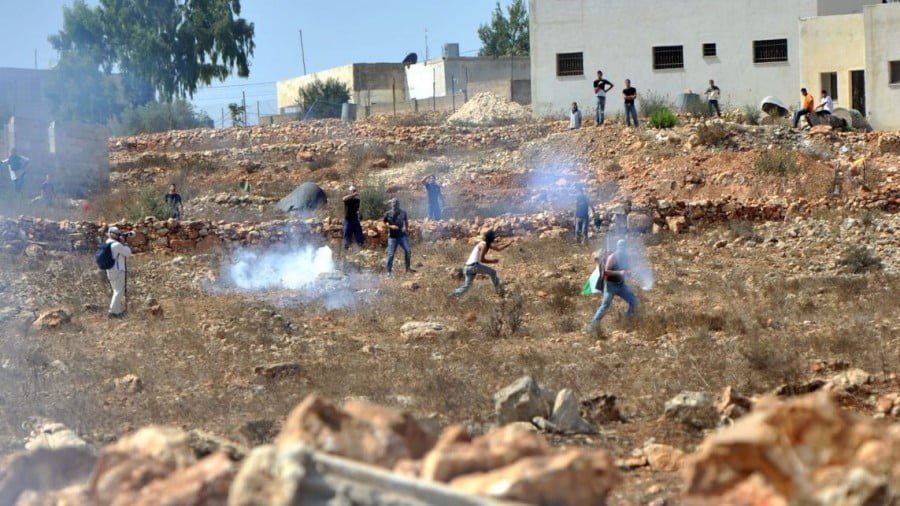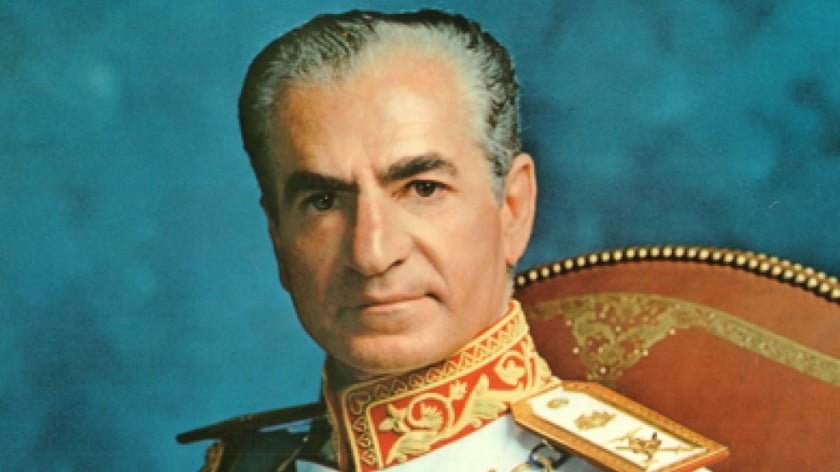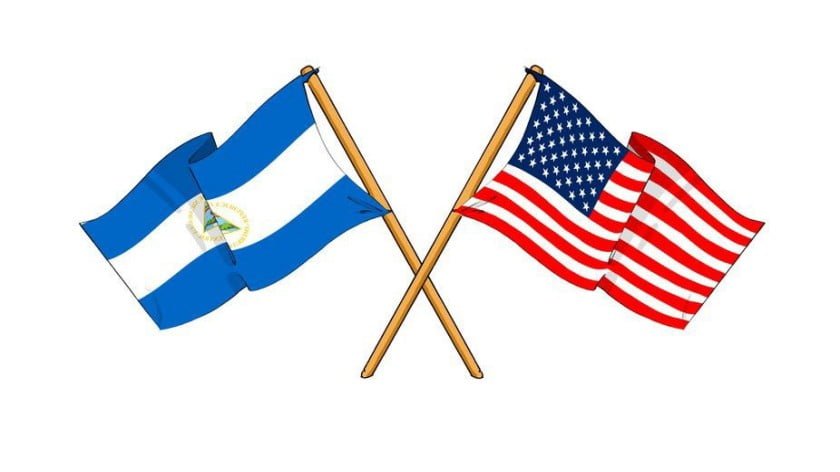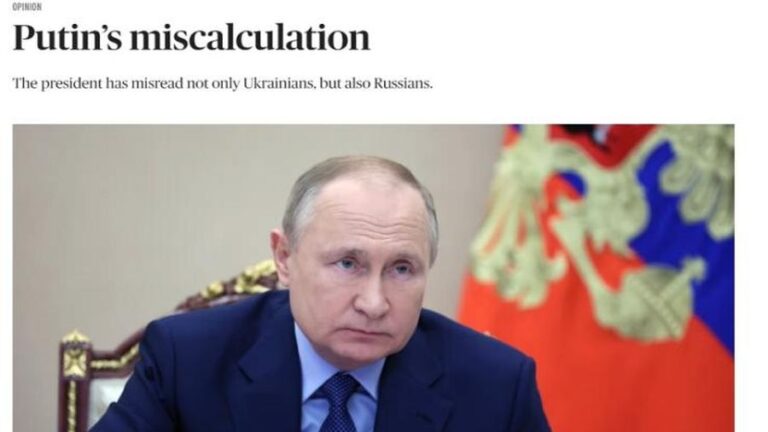Fate of Gaza Dim: Enclaves Surrounded by Hostile Powers Never Fare Well
The fate of the Gaza Strip enclave, along with its besieged 1.9 million residents, is dismal. The history of enclaves surrounded by hostile nations like Israel has not been a kind one. The apartheid-like Palestinian enclaves in the West Bank, carved out by Israeli expansionists, also face a bleak future. The U.S. ambassador to Israel, David Friedman, a former bankruptcy attorney for Donald Trump, refers to the West Bank as the Jewish homelands of “Judea and Samaria.” And, if Friedman and his expansionist Israeli friends have their way, the 1.9 million Gazan Palestinians will be re-located into the Sinai Desert and the 2.7 million West Bank Palestinians will be forced into Jordan in a mass relocation that is ripped right out of the pages of Adolf Hitler’s playbook.
In 2013, a charity headed by Friedman – the American Friends of Bet El Yeshiva Center – donated to the Qomemiyut Movement, a U.S. State Department-designated terrorist group that fought against the decision by the government of Prime Minister Ariel Sharon to evacuate Jewish settlements in Gaza in 2005.
One of Qomemiyut’s most ardent supporters is the illegal Kiryat Arba West Bank settlement Chief Rabbi Dov Lior, who advocates the mass murder of non-Jews and the total destruction of the Palestinian enclave of Gaza to make “southern Israel” safe. Recently, White House deputy press secretary Raj Shah referred to Gaza, where Israeli troops shot to death over 60 men, women, and children protesting the location of the U.S. embassy in Jerusalem, as “southern Israel.” Qomemiyut, which is also considered a terrorist group by Canada, is linked to two political parties banned in Israel, Kach and Kahane Chai.
The Gaza enclave is nothing more than an open-air concentration camp that is around twice the size of the District of Columbia. Within the West Bank, there are four types of Palestinian enclaves. The first type includes those closed off by the Israeli military to everyone but residents of the enclaves. Examples are Ras al-Tira, Al-Jib, and Al-Judeira. Many of these are within the Jordan River valley or close to the Israeli separation wall – a meandering structure that cuts Palestinians off from their countrymen to the east – and is situated in the western part of the Occupied Territories. These enclaves lie between the Green Line (the 1967 border of Israel) and the separation wall.
Given their proximity to Israel, these enclaves are the most vulnerable to eventual Israeli seizure and expulsion of the Palestinian residents. The second type of enclaves are agricultural parcels, unpopulated for the most part, that also lie between the Green Line and the separation wall. The third type of enclave are those with armed Israeli checkpoints that allow only partial entry and exit by vehicles and pedestrians. These include Qalqilya, Battir, and Khirbit Zakariya. The fourth type are enclaves that are generally open but closed off to Israeli highways. They can be accessed by secondary roads under Palestinian supervision. Examples of these include Bethlehem, Ramallah – the temporary Palestinian capital – and Hebron.
In all cases, the West Bank Palestinian enclaves resemble the apartheid South African system of segregated “bantustans,” disjointed African “homelands,” the maps of several, like the present Palestinian enclaves, resembled ink blots. One of the apartheid “homelands” – Bophuthatswana – consisted of seven unconnected enclaves. Not surprisingly, although the apartheid regime was the only government that recognized Bophuthatswana and three other bantustans, Israel maintained unofficial trade and intelligence relations with these entities.
The situation of Gaza is somewhat similar to that of the Free City of Danzig, which was more than twice the size of Gaza and was an internationally-recognized entity on the Baltic Sea during the years between the First and Second World Wars. Danzig’s free status between Weimar Germany and Poland was guaranteed by the League of Nations. However, as the Nazis began taking over control of Germany, local Germans in Danzig, which constituted a majority of the population, began calling for union with Germany, from which it was separated by the Polish Corridor. The League of Nations appointed a High Commissioner for the city, which included nationals of Britain, Italy, the Netherlands, Denmark, Ireland, and Switzerland. Danzig was also linked to Poland by a Customs Union and Poland diplomatically represented Danzig abroad.
In 1933, Nazis took control of Danzig’s Senate. At the outbreak of the German-Polish War in 1939, local Nazis in the police force and the German Army seized the Polish Post Office and the Polish Military Transit Depot on the Westerplatte peninsula. Members of the Polish and Jewish minorities who remained in Danzig were arrested by local and German members of the SS. Many were executed. The Nazi State President of Danzig, Albert Forster, personally ordered the Swiss High Commissioner, Carl Burckhardt, to leave Danzig. After the war, Danzig was ceded to Poland, which renamed it Gdansk.
According to the rhetoric emanating from far-right Israelis Qomemiyut, Kahane Chai, and the Shas party, the latter a member of the coalition of Prime Minister Binyamin Netanyahu, a re-invasion by Israel of Gaza would look very similar to the Nazi takeover of Danzig. Those Israeli settlements evacuated in 2005 would be re-occupied by Jewish settlers. Gradually, just like the German Nazis in Danzig, the entire Gaza enclave would gradually come under settler and Israeli military control, with the Palestinians being forced into Sinai through the Rafah border crossing with Egypt. Just as the Nazis eliminated all vestiges of Polish influence in Danzig, Hamas and Fatah political organs would be destroyed by the Israelis, and genocide of those Palestinians unwilling to leave would likely become the order of the day
In addition to Danzig, the Israeli expansionists have several other historical precedents to follow when it comes to occupying the Gaza and West Bank enclaves. The blocked enclaves near the Israeli separation wall and Jordan River would not stand a chance if Israel moved to take them over. Turkish enclaves located within the Greek-controlled Republic of Cyprus, which were subject to travel controls and bans on imported good between 1967 and 1974, were quickly overrun by Greek Cypriots after the Turkish invasion of the island in 1974. These enclaves resembled the more vulnerable Palestinian enclaves in the West Bank, with Turkish Cypriots subjected to checkpoint searches and arrests. Items like cement, radios, telephones, tires, and shotgun shells were totally banned by the Greek Cypriot authorities. Similar bans are imposed on the Gaza and West Bank enclaves by the Israelis.
Turkey has imposed some of the same restrictions and abuses on Syrian Kurdish enclaves within Syria, including the Afrin enclave.
When a larger and more powerful nation decides to invade a small enclave, there is little that the population can do, especially considering that they are either totally or partially surrounded by the hostile nation. In 1959, Bhutan lost twelve enclaves within Tibet when China annexed them without any resistance. The previous year, the Kingdom of Sikkim lost two enclaves within Tibet to China. In 1975, Sikkim, itself, was occupied by invading Indian troops and annexed to India.
In 1961, the 0.4 square mile Portuguese enclave in Dahomey in West Africa, which had two inhabitants – one the Portuguese governor—was occupied by Dahomey (now Benin). The governor was quickly driven to the Nigerian border and expelled. Two Portuguese enclaves on the Arabian Sea in India, Dadra and Nagar Haveli, were overrun by Indian forces in 1954. Dadra was the first to fall to Indian “volunteers.” The volunteers overran the police station, stabbed one officer and arrested two others. Nagar Haveli was invaded by India. The 50 Portuguese police officers and five civilian officials were no match for the Indians. The Portuguese surrendered and were permitted to depart for Goa, another Portuguese enclave further south.
Goa’s turn would come in 1961. India’s Operation Vijay successfully invaded and occupied Goa and two small other dependent enclaves, Daman and Diu. Unlike Dadra and Nagar Haveli, the Portuguese put up a fight in Goa. Thirty Portuguese were killed and 57 wounded. Hundreds of other Portuguese military and civilian personnel were taken as prisoners-of-war.
President John F. Kennedy urged Indian Prime Minister Jawaharlal Nehru to resolve India’s desire to decolonize Goa, Daman, and Diu peacefully. Incensed at India’s actions, Kennedy called the Indian ambassador to the White House and told him, “You spent the last fifteen years preaching morality to us, and then you go ahead and act the way any normal country would behave . . . People are saying, the preacher has been caught coming out of the brothel.”
From 1957 to 1958, hit and run attacks, as well as larger offensives, by Moroccan troops on the border of the Spanish enclave of Ifni were repulsed by a joint Spanish-French military force. In 1969, Ifni was transferred to Moroccan control. It would be surprising if Israeli plans for the re-occupation of Gaza have not considered the Moroccan invasion of Ifni, which is about two-and-a-half times the size of the Gaza enclave. In 2014, Israeli troops did invade Gaza, quickly taking over key points in Gaza City before withdrawing.
President Gerald Ford said nothing when Indonesia invaded and occupied the former Portuguese colony of East Timor in 1975. Although there was resistance in the colonial capital of Dili, Indonesian forces overran the small Portuguese enclave of Oecusse-Ambeno, which was surrounded by Indonesian West Timor. The enclave is now part of independent Timor-Leste,
President Trump and his team of pro-Zionists – Vice President Mike Pence, National Security Adviser John Bolton, Middle East envoys Jared Kushner and Jason Greenblatt, UN ambassador Nikki Haley, and David Wurmser, Elliott Abrams, and the recently-pardoned Scooter Libby, the latter three all veterans of the Bush-Cheney administration, who are reportedly joining the National Security Council in official or advisory capacities – will ensure that when the Palestinian enclaves begin to fall to the Israeli Army and settler paramilitaries, there will be not a peep from the White House, State Department, or anywhere else in the administration. The moxie shown by President Kennedy toward Nehru over the invasion of Goa is now a distant and irrelevant memory in the Oval Office. Israel can act as it pleases with Gaza and the West Bank and receive the full blessing of the Trump administration.







